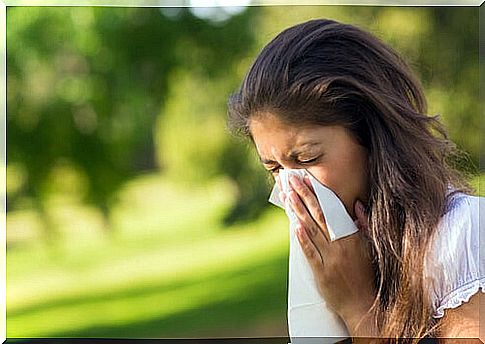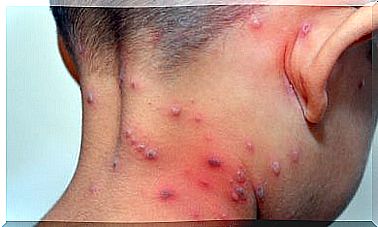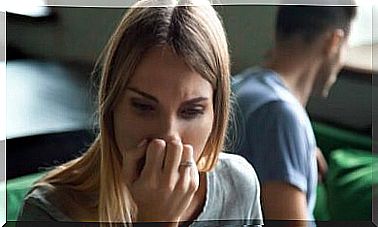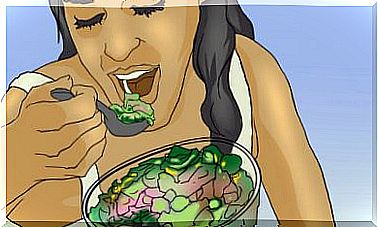Everything You Need To Know About Eczema
Eczema is the most common type of dermatitis , which is an inflammation of the skin. These first appear as a small episode of itching and redness of the skin. You may also have small bumps or blisters .
When this problem persists for a certain time, it is usually called chronic eczema and can lead to the following symptoms:
- Thickening of the skin.
- Scaly skin.
- Dry.
- Color changes
There are a wide variety of types of eczema. Each of them depends on different causes, and they can present in different forms and locations.
Even if most are related to allergies or contact with irritants Others are due to fluid retention in the legs.
Types of eczema
Atopic eczema
This type, also known as atopic dermatitis, is the type of eczema that comes and goes repeatedly.
It usually occurs in people with a hereditary tendency to allergies such as allergy asthma, hay fever or intolerance to some foods. 
Nummular eczema
It causes penny-sized patches of irritated skin. It usually appears generally on the legs, arms and chest.
It is more common in adults and is more related to atopic dermatitis than allergic contact dermatitis.
It is usually caused by a fungal infection such as athlete’s foot and causes these patches even if the fungus is in another area.
Astheatotic eczema
It tends to dry out the skin causing fine cracks. It often appears in the lower extremities and is more common in the elderly.
It usually attacks during the winter months or in environments with low humidity.
Stasis dermatitis
It occurs in the calves, ankles, and feet and occurs in people who have malfunctioning veins in the legs.
It causes blood to pool and symptoms such as itching, red bumps, redness or darkening of the skin, and oozing sores.
Lichen simplex chronicus
It most commonly occurs from scratching or repeated rubbing on an area of the skin. It is common in people with nervous habits and can cause discoloration or thickening of the skin.
Seborrheic dermatitis
Creates greasier-than-usual rashes in eczema. This scaly dermatitis appears on the scalp of the babies more commonly.
In adults it appears as dandruff, and can affect the face, neck, around the nose, and along the scalp line.
How is it diagnosed?
Based on your symptoms, your doctor may ask you about the following: 
- Personal and family history of allergies.
- History of exposure to irritants.
- Contact with possible allergy triggers, such as poison ivy.
In many cases, your doctor can diagnose eczema through skin exams . If you suspect a possible allergy, you should do tests to rule out those products that may cause allergies.
The duration of eczema depends on its type, but symptoms may disappear after a week or two or, conversely, persist for years.
Can I prevent eczema?
There are many things you can do to prevent or reduce flare-ups, including:
- First of all, avoid exposure to extreme temperatures, dry air, harsh soaps, or scented products.
- Use cotton clothing and blankets, avoid fabrics such as wool or polyester.
- When you dry your skin, touch it and then apply a moisturizing lotion.
- Avoid contact with strong detergents, plants, nickel jewelry, and substances that trigger allergies.
Remember to see your doctor if you have very itchy red affected areas, severely cracked skin, blisters or painful dryness.
If the affected area has symptoms of infection such as swelling, has yellowish discharge, or redness or cracking spreads, you should make an emergency appointment.
The type of prognosis varies in each person and depends on the types of eczema and the response your body gives to treatments.








